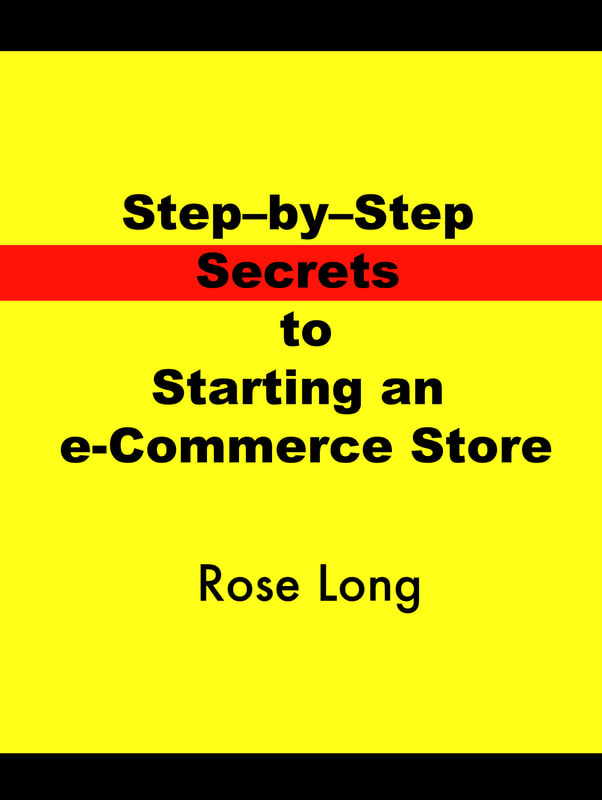|
19. Pricing your Product (or Service)
Consider these general principles when pricing your product.
In order to price your product, you must take the following costs into consideration. 1. Variable Cost Considerations These costs relate directly to your product and having your product made. Consider:
2. Profit margin: Set the profit margin on top of the Variable Costs. This is often known as Cost Plus Strategy Pricing. The profit margin is the percentage of the sale that is your profit. Target price = (Variable cost per product) / (1 - your desired profit margin as a decimal) Take your total variable costs and divide them by 1, minus your desired profit margin expressed as a decimal. So, for a 20% profit margin, that is 0.2, so you divide your variable costs by 0.8. 3. Fixed costs These need to be factored in. For example, insurance, rent, licences, employees’ payroll. Review your pricing regularly. See Cost Analysis (LINK) below as an ongoing strategy to assess your businesses prices and profit margins. Remember to consider cash flow. You need this to keep the business ticking over. Compare your price to your competitors’ prices and marketplace trends and consumer spending. Adjust your pricing accordingly remember that you need to make a profit to remain in business. Incentivise your customer to buy more than one product by discounting on more than one purchase. This will often work in your favour as some suppliers will incentivise your prices in the same way for you if you buy more than one product. Compare different manufacturers prices. Consider your bargaining power with your suppliers. Consider which pricing bracket you want to fit in. Higher Pricing Bracket: Upmarket – pricing different. Be careful not to under-price. Your market is looking to improve or confirm their status. Have a unique product not available elsewhere. Creativity has a value. Lower Pricing Bracket: Competing in the lower pricing bracket – usually something ready-made and available elsewhere. Pricing is key. Beat your competitors on pricing.
0 Comments
Leave a Reply. |
Author
Archives
October 2023
Categories
All
|
Copyright © 2024 Rose Long. All rights reserved.



 RSS Feed
RSS Feed